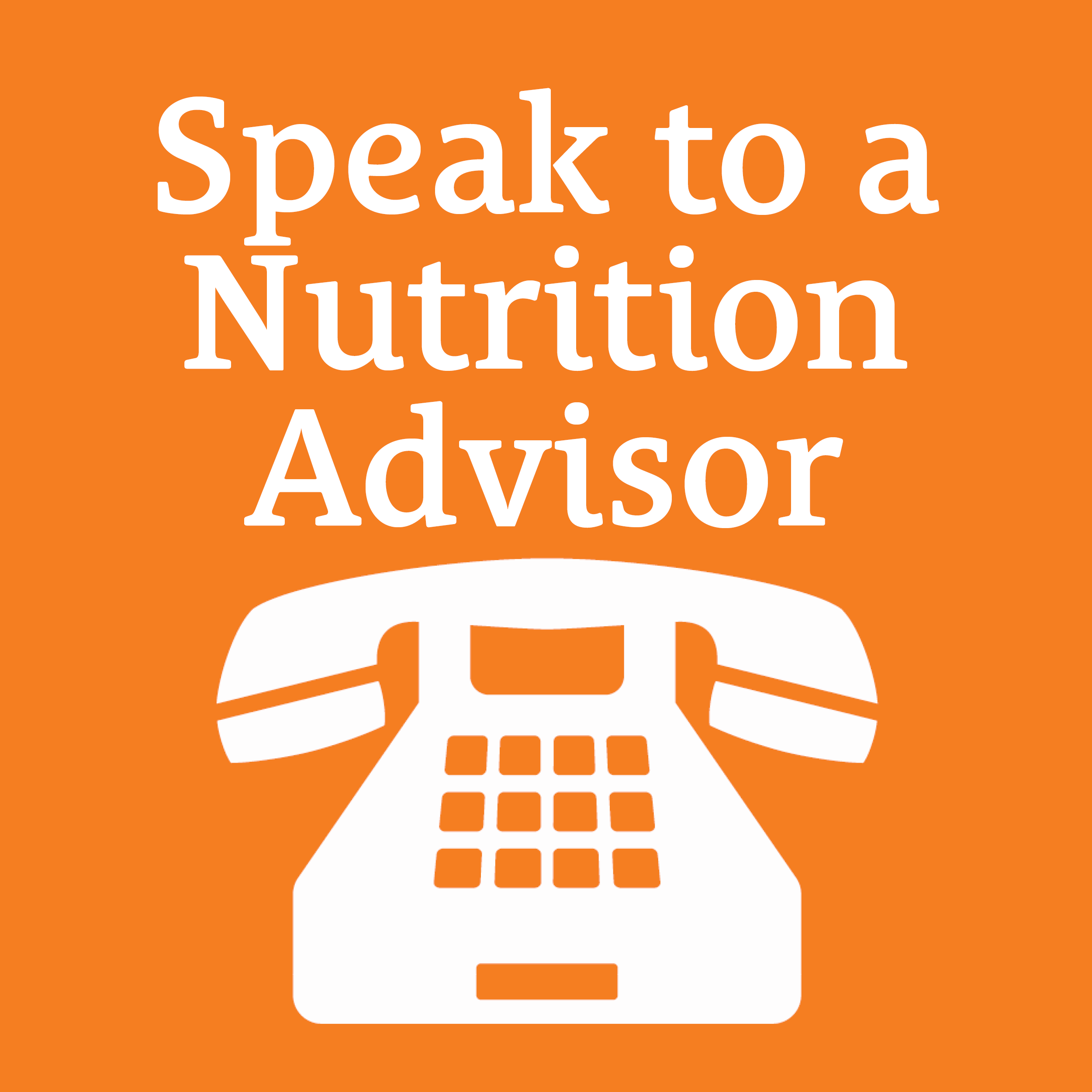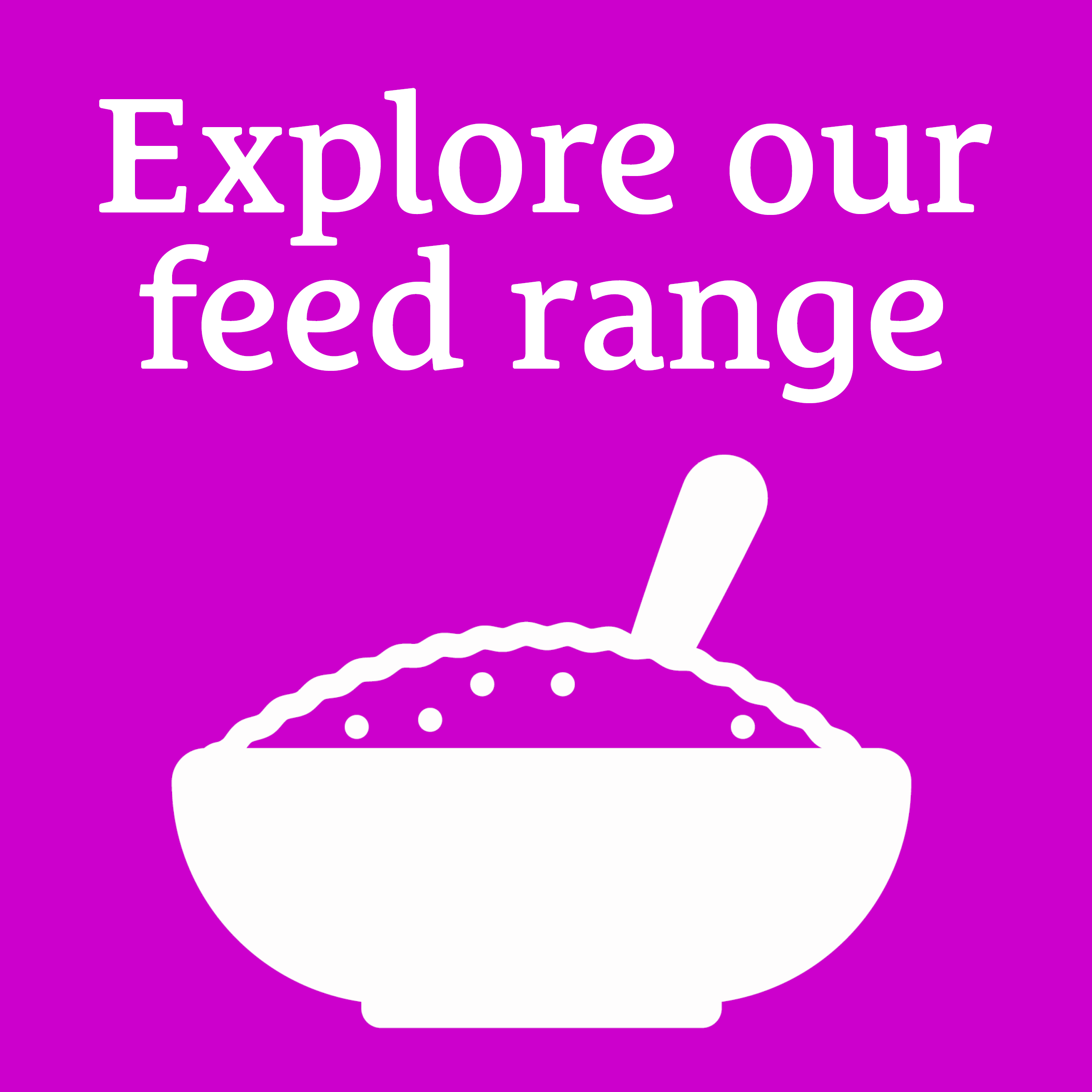What is colic? Causes, Signs and Management
Colic is a term used to describe signs of abdominal pain rather than a specific disease. Episodes of colic vary from mild cases that resolve with limited treatment to those that may be life threatening and/ or need surgery.
For specific advice on feeding horses and ponies prone to colic, contact the Care-Line on 01908 226626.
Types of colic
Most cases of colic fall into one of the following categories:
- Spasmodic colic: one of the most common forms of colic. Short periods of pain occur intermittently and are thought to be due to spasms in the gut. Little is known about exactly how or why spasmodic occurs.
- Impaction colic: a blockage, normally caused by feed or droppings. Impactions can occur anywhere in the intestines (and sometimes the stomach – these cases are called ‘gastric impactions’) but are most common in the large intestine or ‘hind gut’.
- Tympanic or ‘gaseous’ colic: colic caused by a buildup of excess gas in the intestines causing them to ‘stretch’ resulting in pain.
- Sand colic: caused by eating sand. Ingested sand irritates the lining of the intestine and/ or causes a blockage. Sand may be visible in the horse’s droppings.
- Displacements: a section of the gut moves to an abnormal position in the abdomen and in some cases, may cause an obstruction.
- Strangulations and torsions: a strangulating obstruction disrupts or completely cuts of blood flow to part of the gut. A torsion occurs when parts of the gut rotate around the point where the gut attaches to the abdominal wall and subsequently cuts off the gut’s blood supply.
Can you spot the signs?
Signs of colic include:
- Kicking at the abdomen (belly)
- Flank watching
- Lip curling
- Pawing at the ground
- Repeated rolling
- Lying down more than normal
- Box walking or circling
- Lethargy, depression or appearing ‘dull’
- Lowered head position
- Changes in the frequency and/ or consistency of droppings
- Sweating
- Increased temperature, pulse and respiration (breathing) rates
- Loss of appetite or refusal to eat or drink
Getting to know what’s normal for your individual horse will help you to notice changes quickly. Typical pulse, temperature and respiration rates are:
- Pulse: 32-43 beats per minute
- Temperature: 37.5-38.5°C
- Respiration: 8-16 breaths per minute
Which horses and ponies are at risk?
Colic can affect any horse or pony at any time, but risk factors related to diet and management include:
- Dehydration/ reduced water intake
- Dental issues
- Eating mouldy feed or forage
- Eating sand
- High intakes of non-structural carbohydrate (NSC) or ‘starch and sugar’
- Frequent or rapid changes in diet (feed and forage)
- Low forage diets
- Mature hay/ haylage (particularly in those prone to impactions)
- Changes in routine or management
- Limited grazing - although grazing may be a risk factor in some cases i.e., duodenitis-proximal jejunitis (inflammation of the duodenum and upper jejunum)
- Worm burden/ damage
Not all cases of colic are related to diet or management. Other risk factors include stress, excitement, a previous history of colic or colic surgery, sedation, general anaesthetic and the presence of pedunculated lipomas (benign fatty masses that hang on ‘stalks’ from the connective tissue attached to the intestine). Mares are also at greater risk of colic for several weeks post foaling.
Feed & management tips to help reduce the risk of colic
- Ideally make all changes in routine/ management gradually, especially changes in stabling/ turnout. Be extra vigilant when rapid changes are unavoidable, for example due to box rest.
- If possible, provide daily exercise for those stabled 24/7.
- Have your horse’s teeth checked regularly by a vet or equine dental technician.
- Clean fresh water should always be available, including at mealtimes and for horses at pasture (more tips below).
- Remember horses that are stabled for long periods and fed dry hay may be at increased risk of impaction colic.
- Do not feed mouldy feed or forage.
- Do not feed grass cuttings.
- Discuss an appropriate worming programme with your vet.
- In general, pasture turnout seems to reduce the risk of many types of colic although high intakes of water-soluable carbohydrate (WSC) or 'sugar' may be a risk factor in some horses.
Tips for maintaining hydration
- Some horses are reluctant to drink very cold water, particularly older horses with sensitive teeth. Try adding some hot water to buckets to take the chill off and using warm water to soak feeds/ mashes.
- Check and refill buckets/ troughs regularly and ensure they are clean - break the ice in winter. Make sure drinkers and troughs are working!
- Where possible try to monitor water intake.
- Try feeding soaked hay.
- Look out for changes in herd dynamics or bullying in field kept horses – older or less dominant horses may be prevented from accessing water.
- Check water can be accessed easily. Older horses with arthritis in their neck may be reluctant to lower their head to drink. Make sure foals can reach the water trough/ buckets.
- Remember some horses may be reluctant to drink from unfamiliar buckets or in unfamiliar environments.
- Some horses may be reluctant to drink unfamiliar water so try taking water with you to shows where possible. You can also try ‘training’ your horse to drink flavoured water e.g., by adding apple juice or molasses but always consider the risk of prohibited substances before choosing a flavour if you are competing. If offering flavoured water always offer plain water as an alternative.
- Try feeding mashes/ soaked feeds – this helps to increase water intake but may also help increase voluntary water intake (drinking) in some horses.
- Offer water frequently while travelling.
- Do not withhold water before or after exercise.
Forage
- Ideally provide as much forage as the horse/ pony will eat while being mindful of excess waste. Some level of restriction may be needed for good doers – you can read more about this here:
- Avoid mature, ‘stalky’ or ‘stemmy’ forages for those prone to impaction colic.
- Ideally make changes in forage over a minimum period of 3 weeks.
- Feeding from buckets, mangers and haynets may help to limit intake of sand in those grazing on sandy pastures – avoid over-grazing too.
‘Bucket feed’
- Make all changes in feed gradually. As a guide, replace up to 500g of current feed with 500g of new feed every other day for horses, less for ponies.
- Feed small meals – no more than 2kg (dry weight) for horses, less for ponies.
- Balancers are ideal for horses and ponies that maintain weight easily on forage alone. If additional calories are required choose fibre-based feeds that contain low or restricted amounts of starch and sugar.
- In general, aim to feed less than 1g of starch and sugar per kilogram of bodyweight per meal i.e., <500g per meal for a 500kg horse (unless other clinical conditions such as a history of laminitis mean greater restriction is necessary).
I think my horse/ pony has colic; what should I do?
If you suspect your horse or pony has colic call the vet immediately, even in seemingly mild cases. While waiting for the vet to arrive:
- Ideally try to move your horse/ pony to a safe area such as an arena or stable with a deep bed, especially if they are in severe pain.
- Don’t attempt to stop your horse from lying down - allowing horses to roll will not make colic worse or cause a twisted gut.
- Gentle walking (if the horse or pony is willing) may be helpful for those in severe pain but do not trot or canter your horse.
- Remove anything that may cause harm such as feed/ water buckets and haynets.
- Remove access to feed and forage.
- Remember horses in severe pain are at risk of causing injury to handlers and other people around them.



